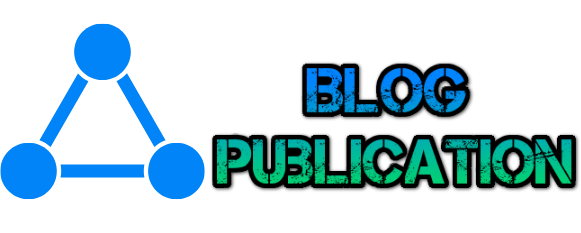In the field of lease administration, accurate financial documentation plays a central role. Among the essential tools used by landlords, property managers, and lease administrators is the tenant payment lease ledger. This recordkeeping instrument offers a comprehensive, chronological log of rental payments and charges made by tenants throughout the lease period. Incorporating a tenant payment lease ledger into lease administration helps streamline rent collection, enhance accountability, and improve financial oversight.
Role of the lease ledger in lease administration
Lease administration involves managing every detail of a lease agreement, from its creation to termination. This includes rent collection, payment monitoring, and resolving financial discrepancies. A tenant payment lease ledger supports these tasks by maintaining a complete and organized record of all monetary exchanges between landlord and tenant.
By recording rent amounts, payment dates, security deposits, penalties, and other charges, the lease ledger becomes a reliable reference point. Lease administrators use it to ensure tenants meet their obligations, landlords collect appropriate income, and lease terms are consistently upheld.
Establishing payment transparency
Transparency is a major benefit of using a tenant payment lease ledger. It provides a straightforward breakdown of each transaction, allowing both parties to view what has been paid, when, and for what purpose. In lease administration, this clarity reduces confusion and builds trust between tenants and landlords.
For example, if a tenant questions a late fee or disputes a past due notice, the lease ledger can quickly clarify the timeline and reason for the charge. It documents everything objectively, avoiding reliance on memory or verbal communication alone.
Assisting with lease compliance
Lease agreements often contain detailed clauses about when rent is due, how payments should be made, and consequences for late payments. A tenant payment lease ledger helps ensure compliance with these terms by providing a framework for tracking tenant performance. It flags missed or partial payments, allowing lease administrators to follow up in a timely manner.
In the case of lease renewals or rent adjustments, the ledger provides valuable data about a tenant’s payment reliability. This can influence decisions regarding continued tenancy, rent increases, or the need for stricter lease enforcement.
Supporting property financial management
From a broader property management perspective, tenant payment lease ledgers contribute to financial forecasting and reporting. Lease administrators often handle multiple tenants or units. A well-maintained ledger system gives them the ability to calculate total rental income, identify delinquent accounts, and track trends in payment behavior.
This information can also be used to prepare financial reports for property owners or investors. It ensures that rental income is properly accounted for and can be matched against operational expenses for accurate budgeting.
Simplifying audit and legal documentation
In the event of an audit or legal dispute, a tenant payment lease ledger serves as official documentation. Courts, tax authorities, and auditors often require a record of financial transactions related to leases. A ledger that includes transaction dates, payment amounts, and descriptions becomes a vital piece of evidence to validate claims or defend actions taken by landlords or property managers.
Conclusion
Integrating a tenant payment lease ledger into lease administration provides structure, clarity, and financial discipline. It simplifies rent tracking, helps resolve tenant disputes, and strengthens legal compliance. As lease administration grows more complex, especially in multi-unit or commercial properties, the need for accurate and consistent recordkeeping becomes increasingly important. A tenant payment lease ledger not only supports administrative tasks but also promotes transparency and trust, making it an indispensable asset in property management.



